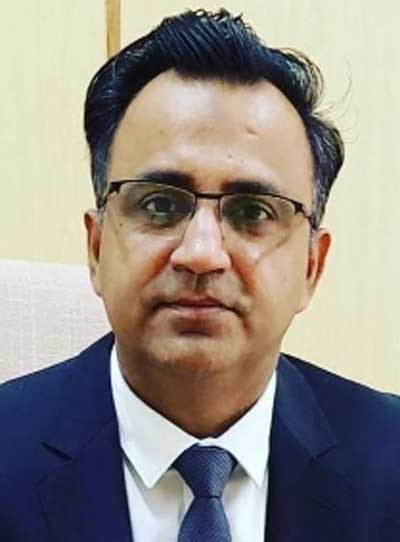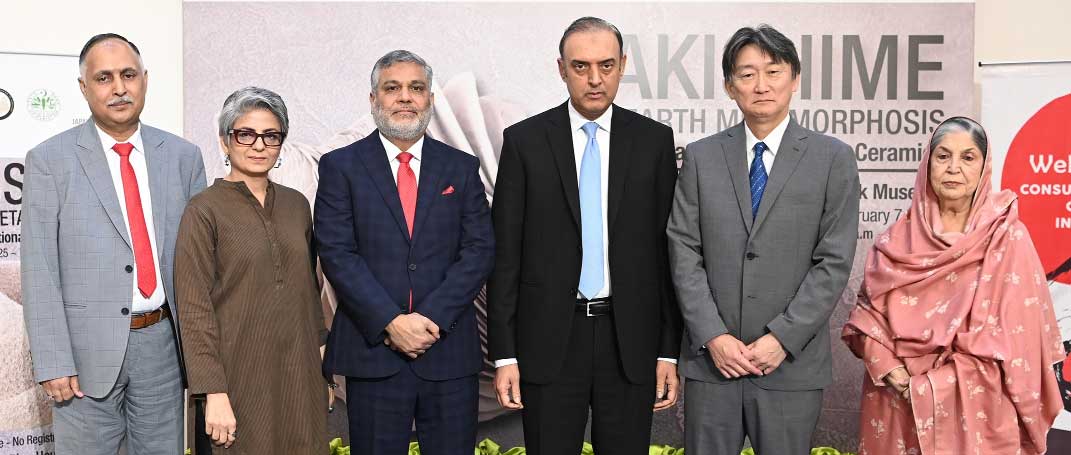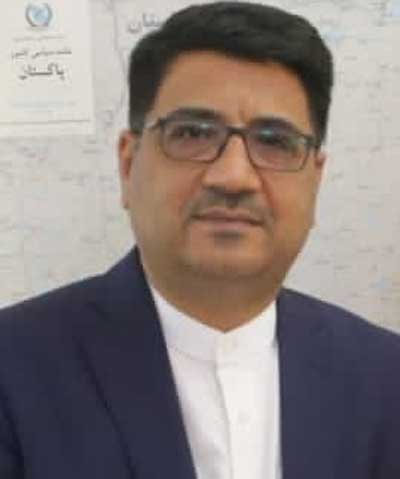Human societies evolved from biological existence (Life 1.0) to cultural and technological progress (Life 2.0 and 3.0), industrialization (Life 4.0), and the current phase (Life 5.0). Characterized by knowledge management and the pervasive impact of information technology, the latter phase is a reflection of the human quest for novelty and understanding the unknown. This societal journey underwent diverse experiences, adhering to diverse patterns of socio-cultural transformations in today’s post-modern times. The varied historical, political, and cultural experiences led to socioeconomic and developmental stratifications among the communities of nation-states, without technical and vocational education being exceptions.
Notwithstanding the variations, many modern nation-states claim a distinguished status in terms of technical skills. Known for their commitment to the technical proficiency of their populations, countries like Germany, Japan, South Korea, the Netherlands, Singapore, and China holistically reap invaluable socioeconomic, financial, and technological dividends.
As the demand for a skilled workforce is closely linked to industrial advancement in today’s interconnected global society, aligning technical proficiency in line with indigenous objectives with the Sustainable Development Goals (SDGs) is a historic initiative. The relevant SDGs emphasize access, relevance, and the question of gender parity in technical education. Though the global community has achieved significant milestones in the TVET sector, demonstrating commitment to the UN’s Sustainable Development Goal 4, Pakistan’s Technical and Vocational Education and Training (TVET) is a potential response in this regard.
As a market-oriented development, the TVET system integrates education, training, and skill development with fostering innovation and sustainable livelihoods. Pakistan recognizes the importance of the TVET sector for leveraging its potential demographic dividend. Despite facing challenges and ranking low on the HDI, developing a skilled workforce is crucial. Concerns include a 45% labor force participation rate (below the global average of 7%), a 6.9% unemployment rate, and a -14.9% year-on-year growth rate in the industrial sector in 2023. The total labor force is 71.8 million, with 4.5 million unemployed. Foreign remittances have sharply declined from $31.9 billion in 2022 to $4.26 billion in 2023, highlighting a significant drop in international money transfers.
Pakistan faces education challenges, with 44% of children aged 5-16 not attending school, causing economic loss. The Higher Education Commission operates under the National Qualification Framework, aligning with the TVET Sector’s eight-level National Vocational Qualifications Framework. The NAVTTC collaborates with HEC on the National Skills Strategy, focusing on access, equity, relevance, and quality assurance in technical education. Programs like PMYSDP and Kamyab Jawan aim to train youth for the job market, but improvement is needed. NAVTTC’s youth programs prioritize inclusivity and equal opportunities for skill development, with quotas for females, disabled individuals, and those from madrasas.
Despite a commendable reduction from 76%, there’s still a 48% gap between the annual demand and supply of skilled workers, leading to youth unemployment. Critical examination reveals that competency-based training and assessment (CBT&A) yield higher employment rates and training relevance. Implementing demand-driven TVET programs can address youth unemployment, particularly in poverty reduction, with CBT&A graduates making significant monthly contributions to households. Maintaining demand-driven technical training aligned with the country’s needs is crucial.
Revitalizing Pakistan’s TVET sector is crucial to addressing the skills gap and fostering economic development. The Pakistan Institute of Labour Education and Research (PILER) emphasizes the urgent need for skilled workers, especially with youth unemployment as a significant challenge recognized by the International Labour Organization (ILO). Drawing inspiration from successful models in Germany and South Korea and acknowledging the economic benefits highlighted by the World Bank, investing in TVET is seen as having a positive impact. Government initiatives, such as the National Skills Strategy and the establishment of the National Vocational and Technical Training Commission (NAVTTC), demonstrate a commitment to transforming the TVET landscape in Pakistan.
Moreover, fostering a culture that underscores the importance of information dissemination regarding the skilled workforce becomes crucial in addressing supply and demand gaps. This involves establishing robust mechanisms to connect TVET graduates with potential employers through effective career counseling. Organizing regular job placement events at the intersection of academia and industry is essential for nurturing a culture of entrepreneurship development services. Additionally, facilitating the linkage between TVET graduates and financial institutions becomes an important pillar in garnering support for the TVET sector among parents and society.
Though TVET’s contributions to national development are underrated, robust support from the government, foreign and indigenous industries, and key development agencies like GIZ, the World Bank, ADB, JICA, TIKA, and UNESCO would help it rejuvenate its due role. The global dynamics demand emphasizing the alignment of skills with market demand, addressing youth unemployment, and establishing effective linkages between TVET graduates and the workforce.
Technical education and development




